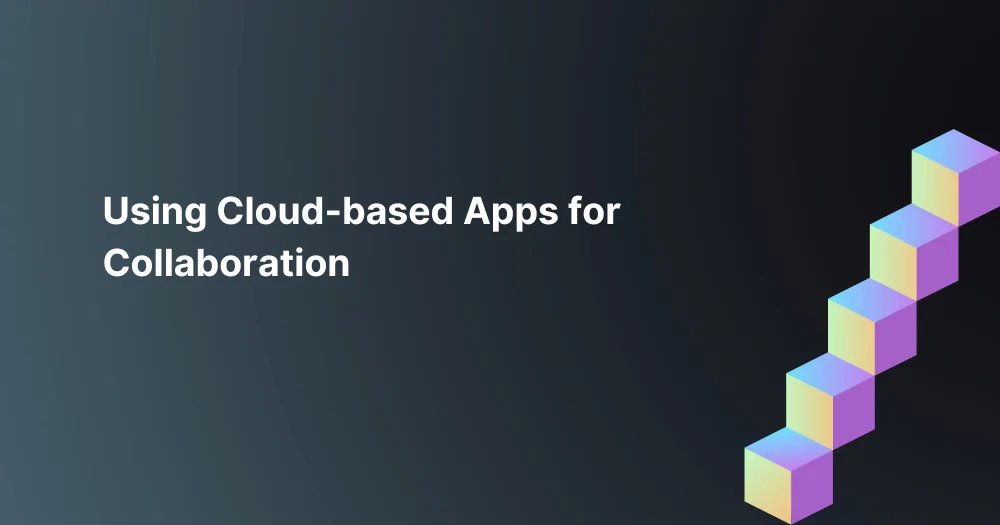
Have you ever experienced Frankenstein’s Document Syndrome (FDS)? It’s that time when you collaborated on a document with a coworker and experienced any of the following:
It’s frustrating, we know. This is where a cloud collaboration can help. Imagine accessing your files from anywhere across numerous devices, editing your documents simultaneously with your coworkers, seeing all previous versions and edits, and storing your documents in a secure location. Life would be so much easier.
Cloud-based apps streamline work communication and collaboration. It is quickly becoming a business staple in every office. Since the Covid-19 hit us, many businesses have transitioned to cloud technology. It enabled employees to work from home at ease. Users can share files seamlessly, message each other instantly, and hold conference calls.
Some popular examples of cloud-based applications:
Let’s take Microsoft 365 as an example of how a cloud-based app can help your employees to stay productive.
Microsoft 365 is the creator of Word, PowerPoint, and Excel. Any type of document you may need can be easily created with Microsoft Suite. And if you’re working in teams, the app can be opened online where real-time edits can be seen from your teammates and vice versa. Microsoft’s versioning feature allows the editors or whoever has access to the document to see its version history. For instance, you want to see what has been added or edited by your colleague, the version feature indicates who, what, and when the changes were made.
Moving your documents online and giving access to your teammates is easy. You can send them a link to the file or add their email to the permissions section. Once you’ve added them, the person gets notified right away. Back in the old days, documents were saved locally. Afterward, you’ll send the file to your colleague–emailing each other and passing the file back and forth multiple times. This process is inefficient and you can easily lose track of the final version of the document. Cloud-based apps enable you to work online with your coworkers simultaneously and eliminate the long, tedious traditional process.
Microsoft Teams is one of the most popular apps today for remote work. It is a unified communications platform were creating a document, sharing files, calls, and messaging are all integrated. Teams, just like Slack, have a chat and call feature. You can message a colleague instantly or host a conference call between you two or in groups. If you’re looking for a platform with data storage, document sharing, and communications, Teams is the right one for you. See how Slack and Teams compare.
Enable your remote workforce with cloud technology. No upfront costs, no infrastructure costs, more productive work. Contact us to learn more.